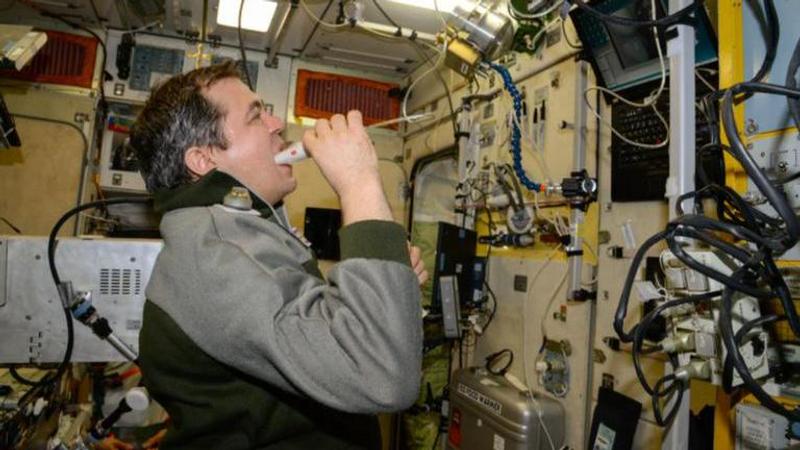Published 12:51 IST, November 8th 2020
NASA celebrates 20 years of human presence in ISS with focus on human body adaptability
NASA celebrated nearly 20 years of human presence in space aboard ISS aimed at conducting research to overcome human body limitations in space

NASA ’s unique research in space focuses on objectives required for future lunar and Mars missions under the Human Research Program (HRP) to explore the immune effects of spaceflight and its counter measures. The Space administration celebrated nearly 20 years of human presence in space aboard ISS aimed at conducting research to overcome human body limitations in spaceflights. Taking to its official Twitter handle, NASA wrote that it is commemorating nearly 20 years of human presence in space aboard the International Space Station (ISS). “NASA’s Human Research Program uses the International Space Station to study how the human body adapts to spaceflight & works to develop countermeasures,” it added.
NASA’s Human Research Program (HRP) is dedicated to discovering the best methods and technologies to support safe, productive human space travel. According to NASA, the program aims to overcome the hurdles microgravity and equivalent ground-based analogs induce on the human body including deficits, alterations in cardiovascular homeostasis, bone mass and strength, muscle mass, strength and endurance, sensorimotor function, thermoregulation, and immune function.
[HRP Program Director William Paloski, Ph.D.Credits: NASA]
What happens to your body in space, and what are the risks? NASA asks in a release. Further, it reveals that space is a “dangerous place”, and the human body might face challenges across appetizing food and optimal nutrition to managing the environmental risks posed by radiation and lunar dust. There are several other risks to the human body due to gravity fields, isolation, confinement, hostile and closed environments, space radiation, and distance from Earth. Hence, NASA’s Human Research Program, or HRP, conducts research and develops countermeasures to five of these leading hazards that pose risks to astronaut health and performance using analog, International space station (ISS), and lunar mission studies.
“The space station serves as an international scientific laboratory and a unique environment to study the interaction and effects of some of the hazards of human spaceflight,” NASA said in the release.
Human body’s adaptation in space
HRP program gives the scientists insight about the human body’s adaptation to weightlessness and hostile and closed environments onboard ISS in space.”Knowledge gained from space station missions is helping us better understand how astronauts adapt to long-duration spaceflight,” NASA informed. The HRP program that focuses on studies to support safe, productive human space travel is aimed at expanding the momentum of sending humans into space at greater distances ahead and establishing a more permanent presence on the moon and other planets.
[NASA’s Human Research Program is studying the best techniques for growing plants in space. This knowledge will be important for future long-duration missions. Credit: NASA]
(Image Credit: Twitter/NASA)
Updated 12:51 IST, November 8th 2020







